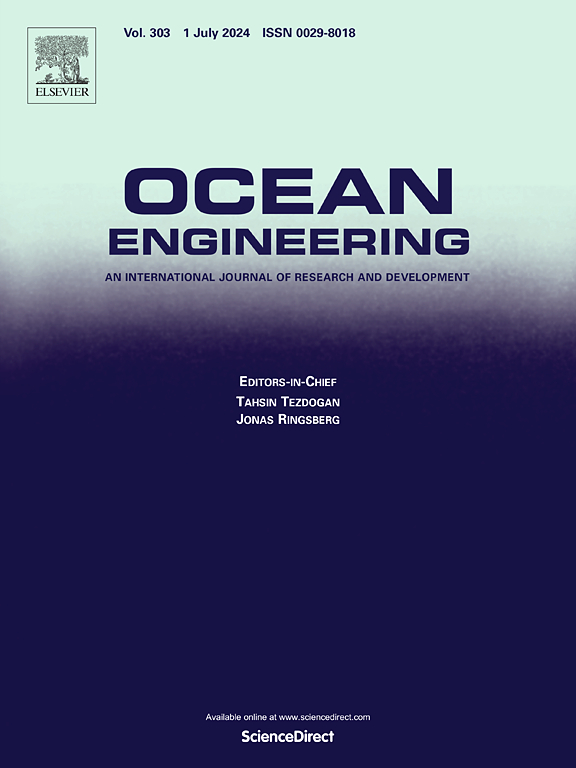A comparative life cycle assessment of three wave energy converters with an economic-environmental approach
IF 4.6
2区 工程技术
Q1 ENGINEERING, CIVIL
引用次数: 0
Abstract
This study evaluates the environmental and economic performance of three wave energy converters (WECs)—WaveStar, MegaRoller, and Pelamis—using life cycle assessment (LCA) in SimaPro and economic analysis in HOMER PRO. A new index, the Net Present Cost and Carbon Intensity Ratio (NPCCIR), is introduced to integrate financial and environmental factors, offering a more comprehensive decision-making tool. NPCCIR offers a valuable approach for selecting WECs that minimize both Net Present Cost (NPC) and carbon footprints. A sensitivity analysis was conducted to assess the impact of key variables, including steel recycling rates, transportation distances, maintenance schedules, and capital costs, on energy consumption, CO2 emissions, and economic viability. The environmental sensitivity findings highlight that steel recycling rates significantly influence the outcomes. Economic sensitivity analysis revealed that WaveStar is the most sensitive to cost variations, with NPC reaching up to $25 million under high capital costs and loads, compared to around $6 million for MegaRoller and Pelamis. Results indicate that Pelamis had the lowest greenhouse gas emissions (21 g CO2 eq/kWh) during its lifetime. The carbon payback time was 10.5 months for Pelamis and 22.5 months for MegaRoller and WaveStar. MegaRoller demonstrated the lowest NPC ($1.68 M) and NPCCIR (0.063), making it the most cost-effective choice.

求助全文
约1分钟内获得全文
求助全文
来源期刊

Ocean Engineering
工程技术-工程:大洋
CiteScore
7.30
自引率
34.00%
发文量
2379
审稿时长
8.1 months
期刊介绍:
Ocean Engineering provides a medium for the publication of original research and development work in the field of ocean engineering. Ocean Engineering seeks papers in the following topics.
 求助内容:
求助内容: 应助结果提醒方式:
应助结果提醒方式:


